Passer Angelfish (King Angelfish)
$247.99
-
Select Variant
The Passer Angelfish is also called the King Angelfish. The adult is primarily dark blue, with the vertical stripe of white that runs to the dorsal end approximately two-thirds of the way up to the fin in pelvis. The dorsal fin has a rim of yellow. The pectoral and caudal fins also have yellow fins, and the ventral fins are yellow for females and white for males. A juvenile's color is orange and has the white fin and blue stripes. It is believed that the Passer Angelfish can grow to more than a foot long, therefore it needs at least 250 gallon of aquarium. It is a tough fish, but it can turn aggressive, which is why it should be kept in a tank with semi-aggressive tankmates. It feeds on live rocks and can attack stony and soft corals (sessile invertebrates) and clam mantles which is why it's not the best choice for the reef aquarium.
The diet of Passer Angelfish should consist of vegetables, like Spirulina as well as marine algae, meaty foods, and premium angelfish dishes that include sponges. Feeding should be at least three times a day.
Small Juvenile include the coloration of the juvenile, the Small-Medium colored to be a young adult The medium will have a subadult while the large will have Adult coloration.
Approximate Purchase Size: Juvenile: Small 1" to 1-3/4"; Medium 1-3/4" to 2-1/4"; Adult: Small: 1-3/4" to 2-1/4"; Small/Medium: 2-1/4" to 3-1/4"; Medium: 3-1/4" to 4"; Medium/Large 4" to 5"; Large: 5" to 6"; XLarge: 6" or larger.
- Description
- Additional Information
- Reviews
Passer Angelfish Overview
The Passer Angelfish, also known as the King Angelfish, is a striking species of marine fish. This guide provides detailed information about its appearance, diet, and habitat requirements.Appearance of the fish
Adult Passers
- Coloration: Mostly dark blue with a white vertical stripe extending downwards from the dorsal fin about two-thirds of the way to the pelvic fin.
- Fins:
- Dorsal fin: Rimmed with yellow.
- Pectoral and caudal fins: Yellow.
- Ventral fins: Yellow on females and white on males.
- Size: Can grow over a foot long, requiring a large aquarium.
Juvenile Passers
- Coloration: Orange with one white and several blue stripes.
- Size Categories:
- Juvenile: 1" to 1-3/4"
- Small-Medium: 2-1/4" to 3-1/4" (color transitioning to young adult)
- Medium: 3-1/4" to 4" (sub-adult)
- Large: 5" to 6"
- XLarge: 6" or larger
Tank Requirements for the Passer
- Aquarium Size: At least 250 gallons due to their large size.
- Tank Mates: Should be kept with semi-aggressive fish due to its hardy and potentially aggressive nature.
- Reef Compatibility: Not suitable for reef aquariums as it nips at stony and soft corals (sessile invertebrates) and clam mantles.
Diet and Nutrition of the Passers
Juvenile Passers
- Primary Diet: Filamentous algae and external parasites found on other fish.
- Feeding Environment: Provide plenty of rocks for grazing on algae.
Adult Passers
- Diet:
- Invertebrate eggs
- Cnidarians
- Parasites
- Zooplankton
- Algae and sponges
- Tank Feeding:
- Spirulina
- Marine algae
- Sponge material
- Nori (fresh or dehydrated)
- Broccoli
- Meaty foods (e.g., Mysis and brine shrimp)
- Feeding Frequency: At least three times daily.
Origin of these Angelfish
The Passer Angelfish, scientifically known as Holocanthus passer, is widely distributed throughout the Eastern Pacific. This range includes:- The Gulf of California
- Peru
- The Galapagos Islands
LINKS to follow:
size
Large, Medium, Small
Units
1
Weight
6 lbs
Dimensions
1 × 1 × 1 in

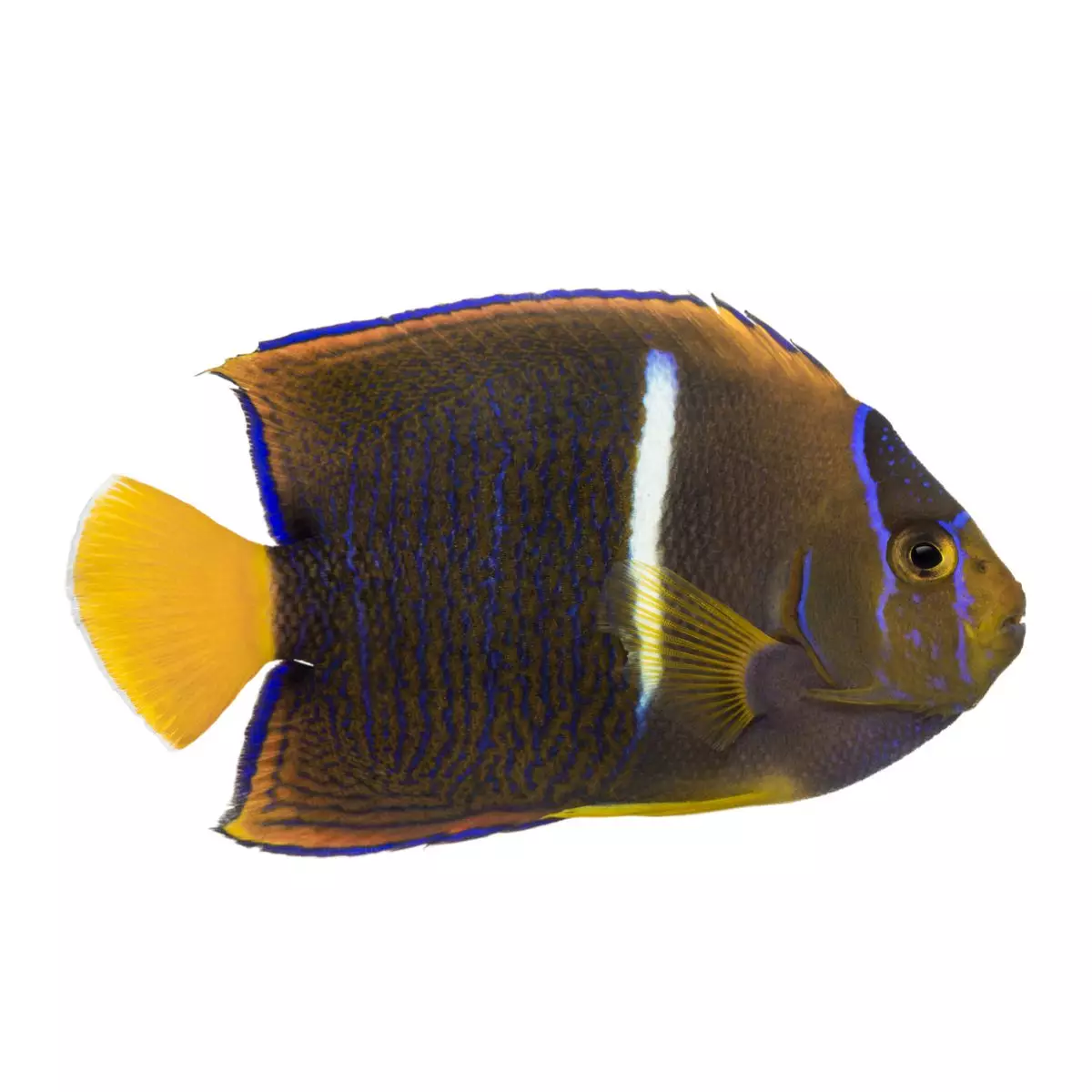
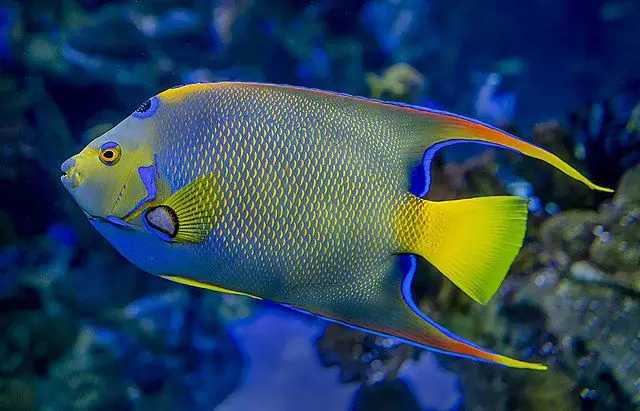
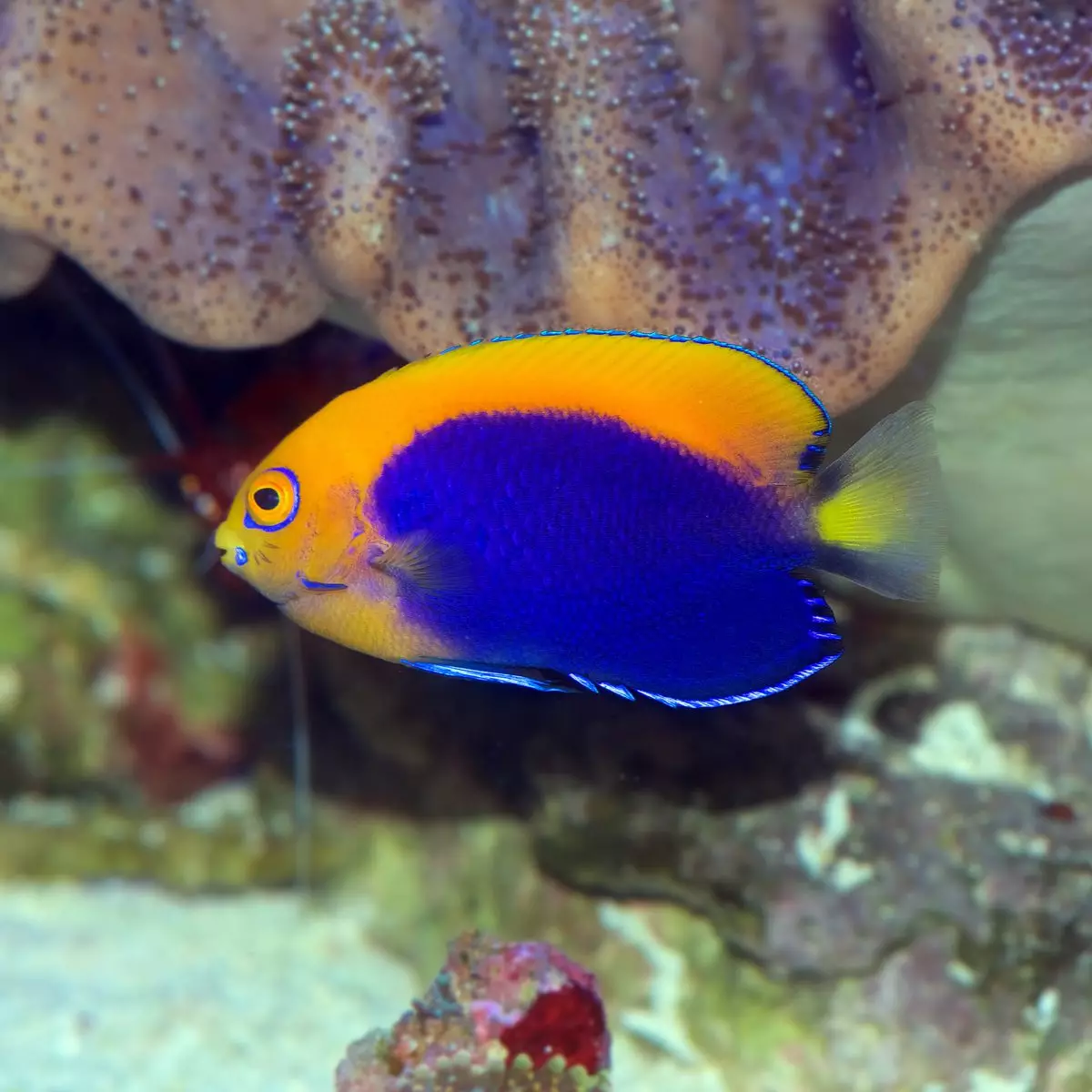
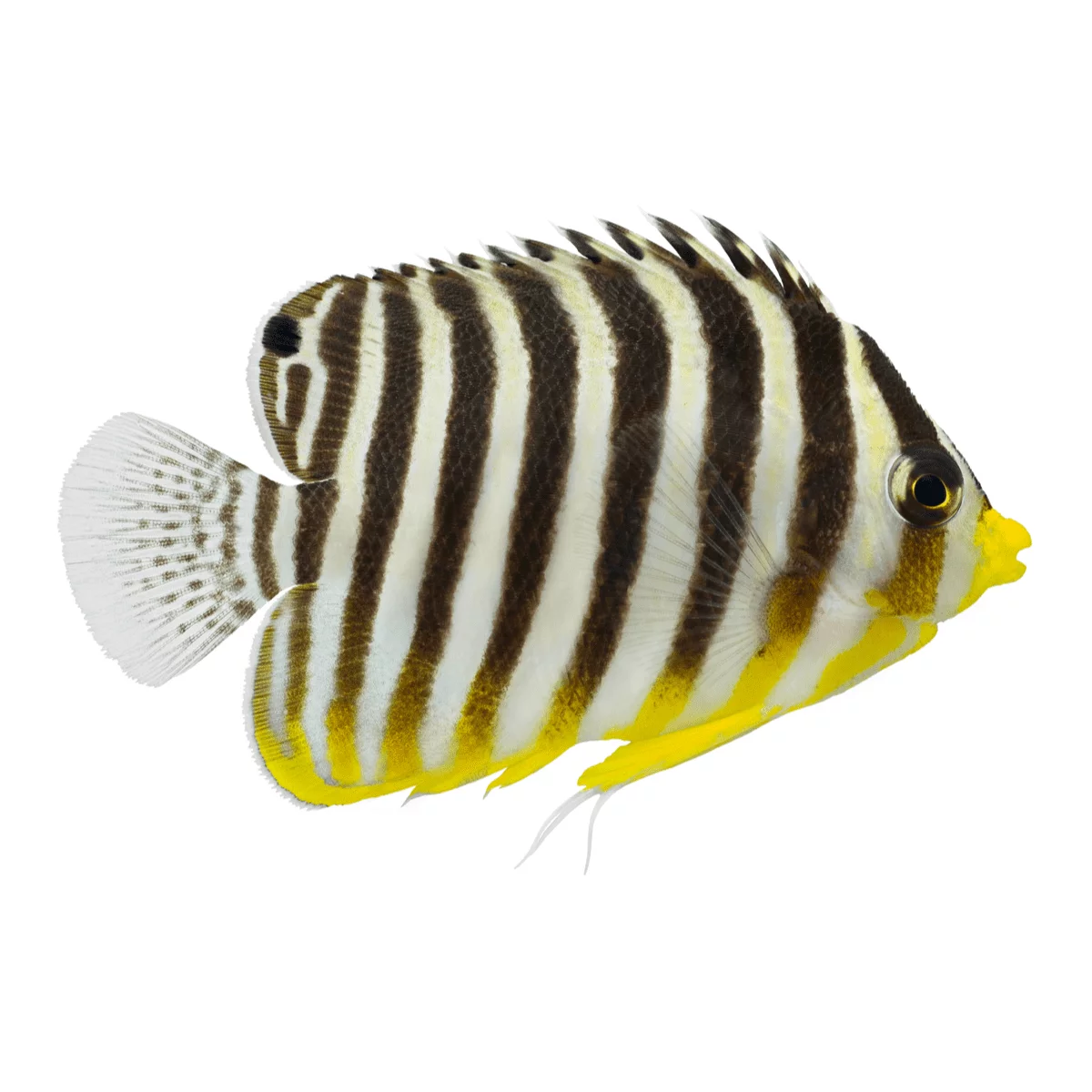
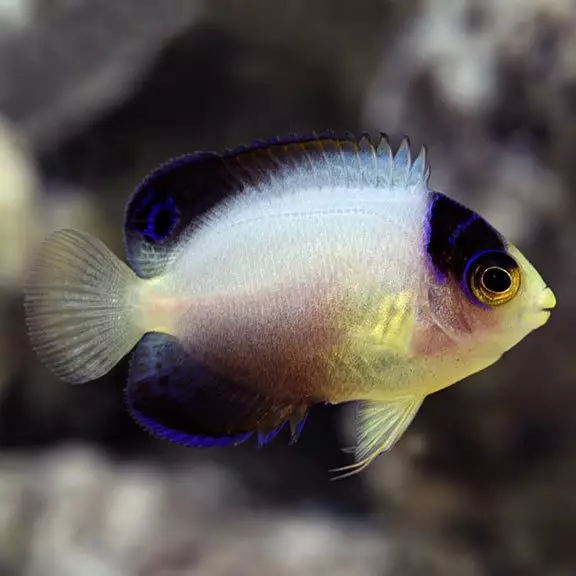
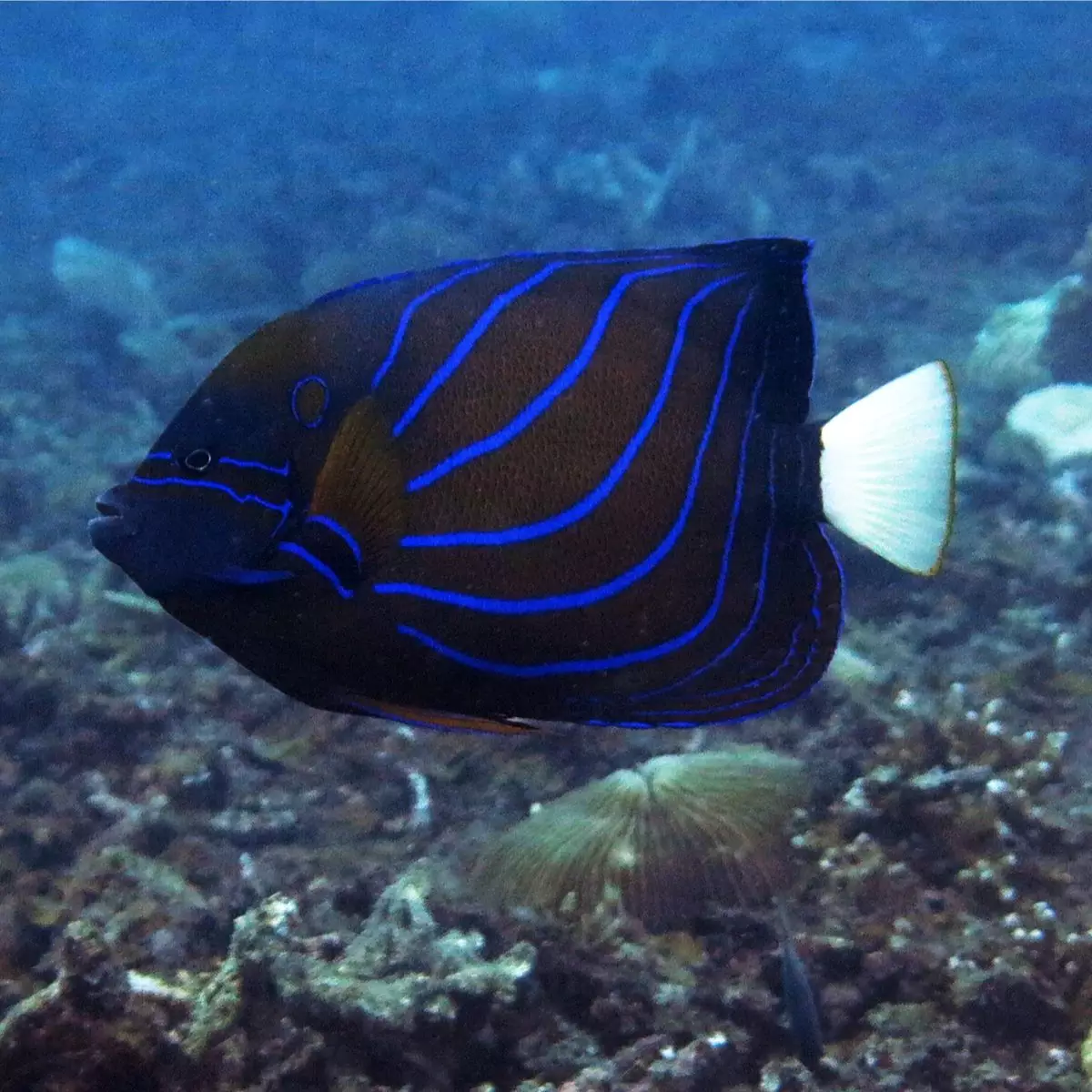
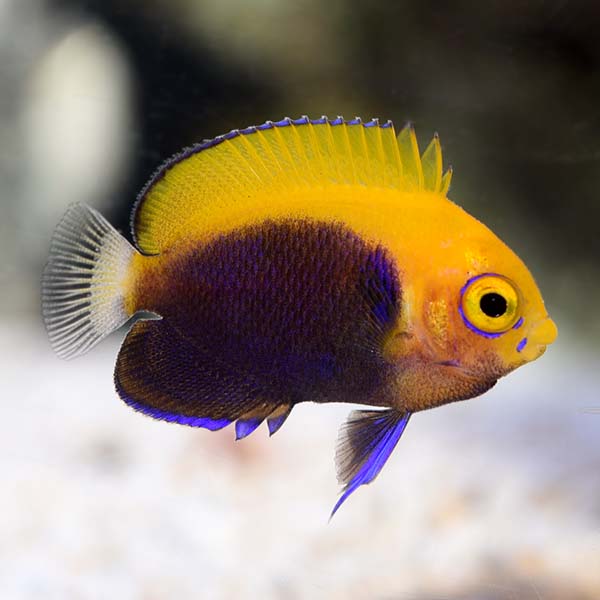
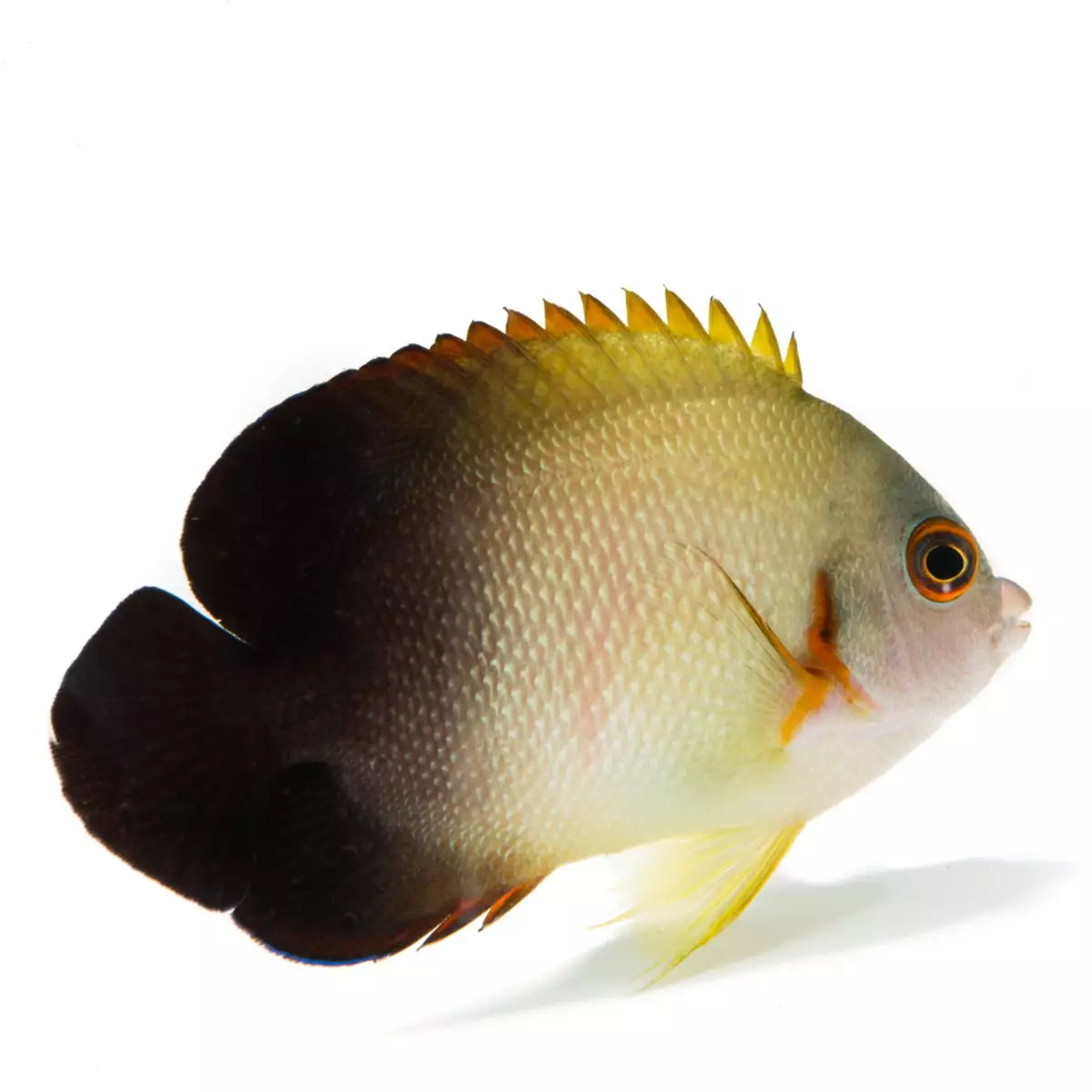
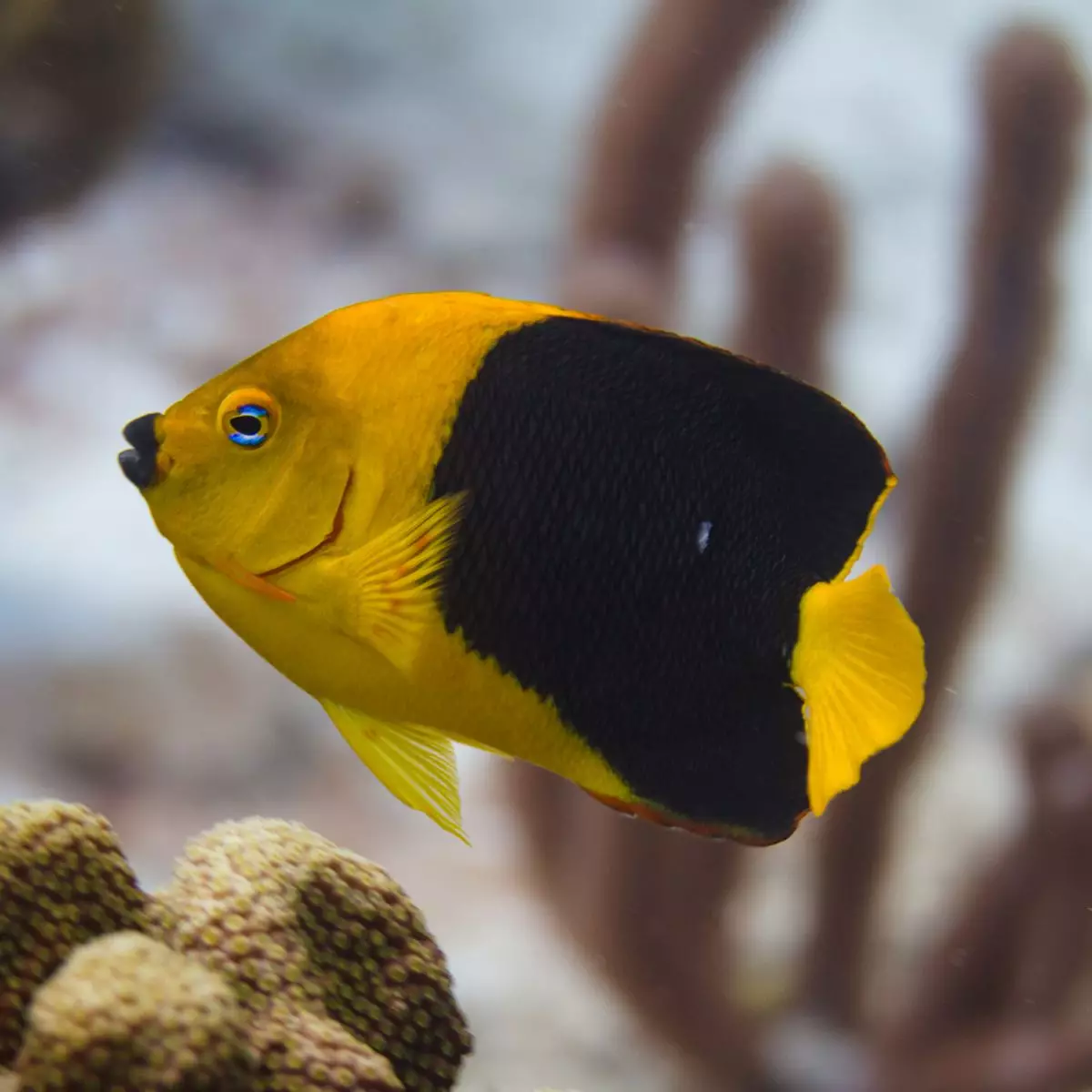
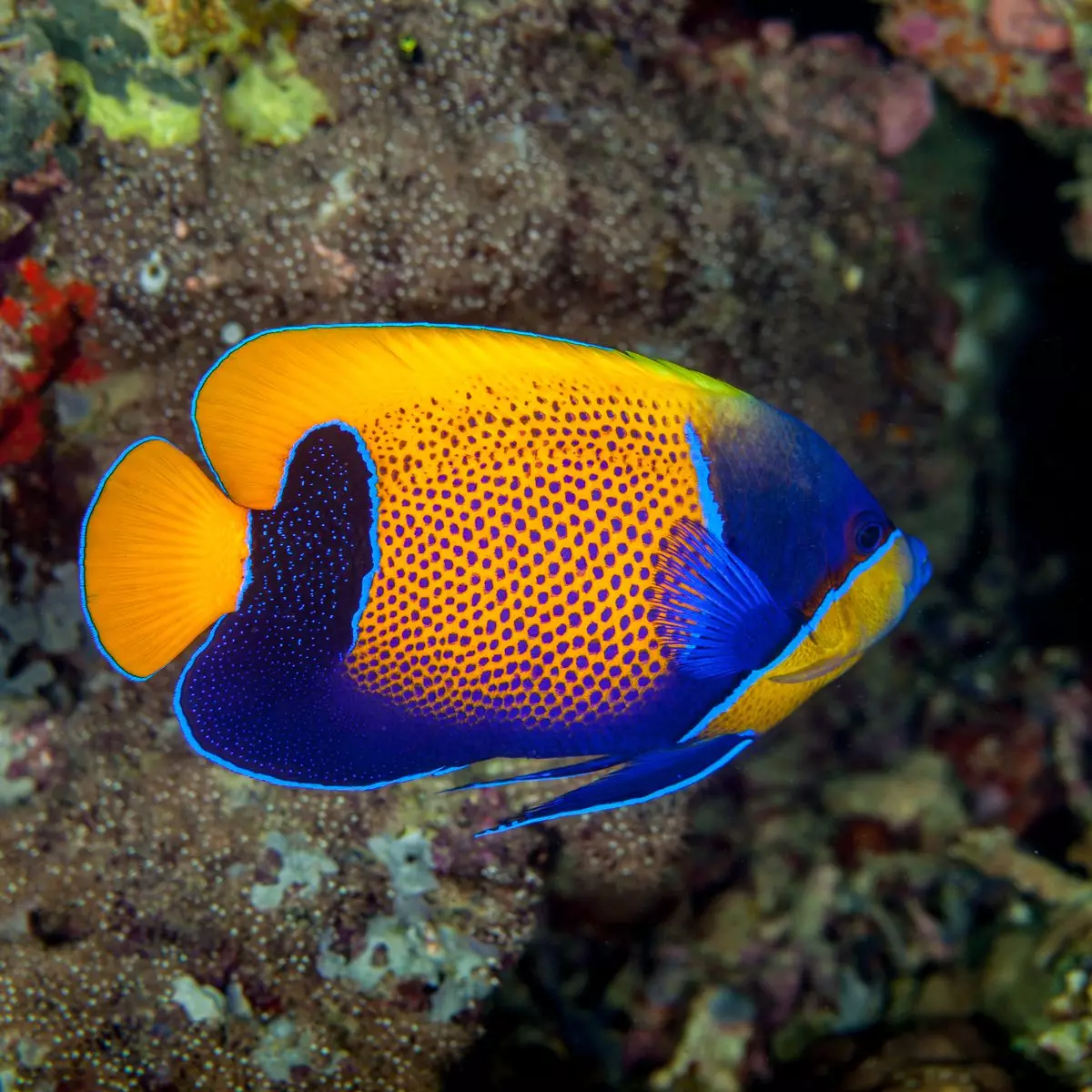
Reviews
There are no reviews yet.